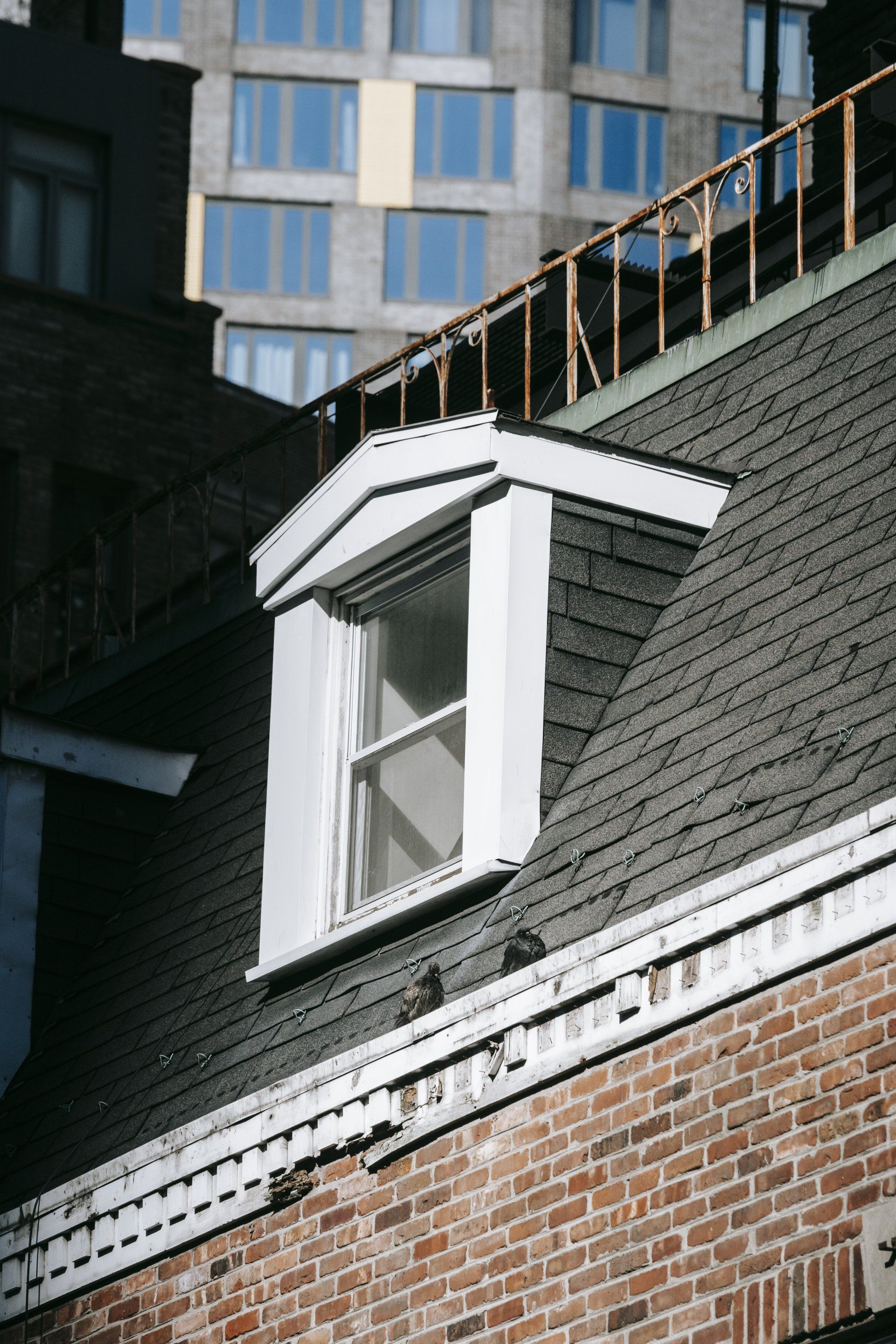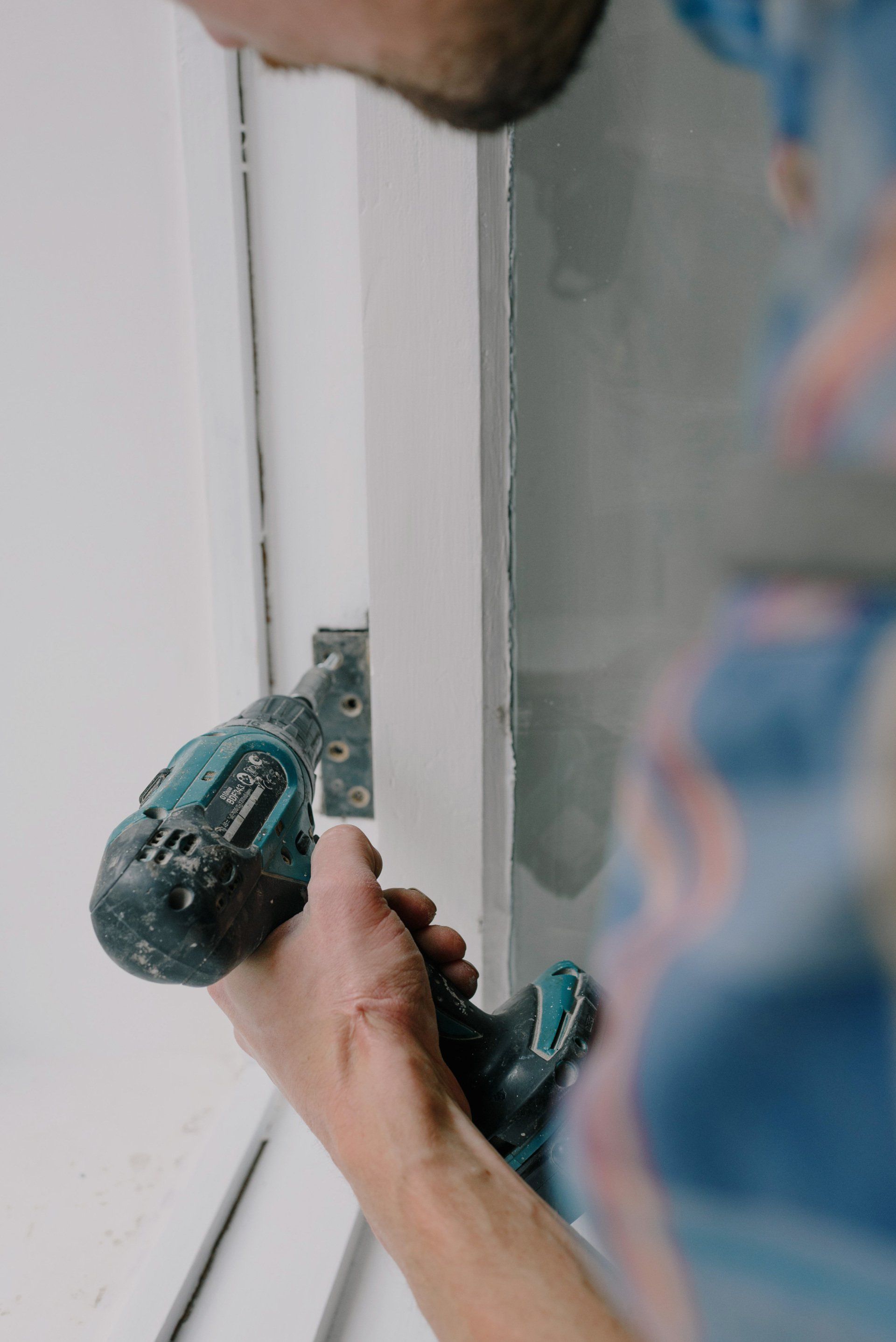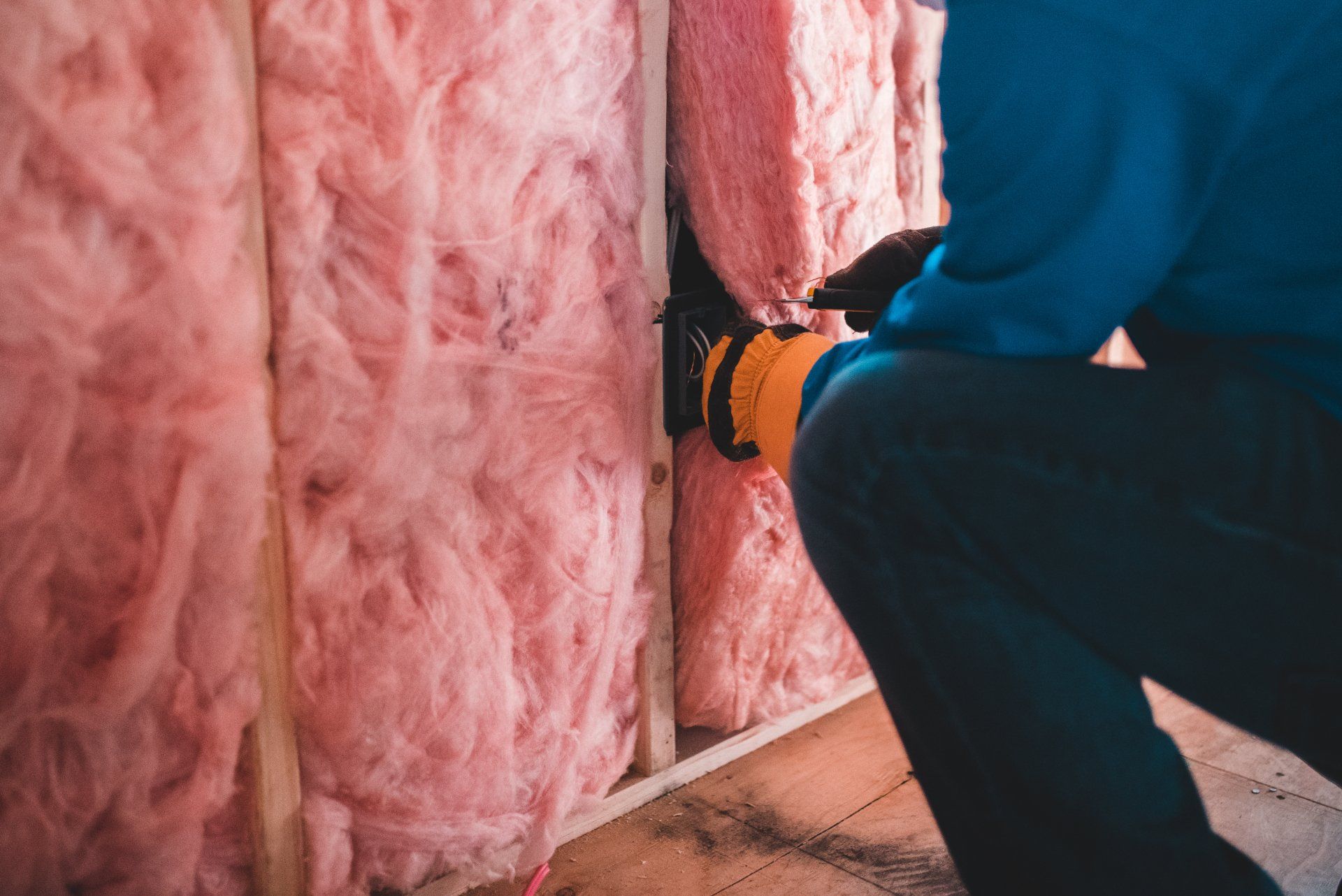What should you look for when you are buying a house: Energy efficiency guidelines
What should you look for when you are buying a house: Energy efficiency guidelines
A house purchase is a significant financial investment, and it's essential to consider both the benefits and drawbacks of the purchase and also whether the property is in good shape or will require some work. This is why we've broken off the top indicators that your new house is likely to require some maintenance to ensure it's energy efficient.
Check out:
- Roof: Does your house has a flat roof? Flat roofs can indicate problems to look out for. A flat roof without an angle could lead to the growth of vegetation and ponds, which could lead to the roof leaking.
Do you think the roof is missing any tiles? Inside the home, it's an excellent idea to look for missing tiles and then see if the roof is sealed or insulated. A roof that is not insulated could be a problem in the near future.
- Air bricks: Does the home has air bricks in the foundation? If yes, then it's likely there's a suspended wooden floor that requires ventilation to stop decay. This could cause the house to become draughty and lower the home's energy efficiency.
- Bricks: What's the pattern of bricks? It's rare to be aware of the pattern of bricks; however, by studying them, you will identify the wall's structure. A pattern that is layered indicates that it is likely to be an unfinished wall. The opening (cavity) in between the bricks on the outside and the brick wall that is inside could be lined with insulation, keeping the home warm and conserving money on heating, which makes it a more energy efficient home. If the brick work looks so compact, then it's likely to have solid walls. The wall's thickness is the same as its length. When this happens, it's unlikely to be an insulation wall, which makes it less efficient in energy use. But, this kind of wall could be protected.
When you begin to look around the home, here are a couple of things to keep an eye out for:
Do you notice that the home is damp? Does it have a smell of mould? It's possible that you are unable to tell if it is; however, make sure to check for flaky or spongy plaster and watermarks on ceilings and walls. Particularly, look for flaky plaster at the ceiling near the skirting board. Fresh paint could mean that the damp was painted over.
- Cracks: Does your building has large cracks or hairline fractures? These tend to be seen near extension joins, the end of terrace walls, and bay windows. Cracks that are present suggest that the structure is not as solid as it could be. A chartered surveyor is in a position to survey the property and determine the areas that require more attention.
- Windows: Are there any signs of any cracks or condensation in the paint on the windows? There are two crucial aspects to be aware of when checking windows, which can impact the energy efficiency of your home. First, you need to look for signs of cracks in the paint on the frame of the window. It could mean that the frame is decayed. It is possible to determine this by feeling how firm the frame of your window is. The second one is the double glazing of windows panes. If there is an accumulation of condensation between the panes, then it's likely that the window is damaged (blown). There is usually an inert gas or vacuum between the panes of glass, which aids in insulating them. The phenomenon of condensation is an indication that this insulation may not be efficient.










